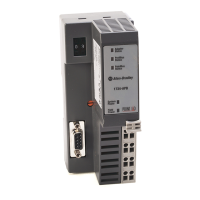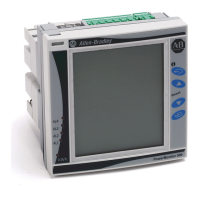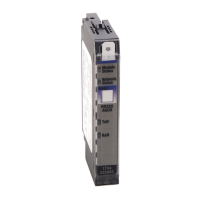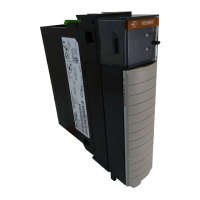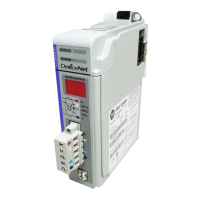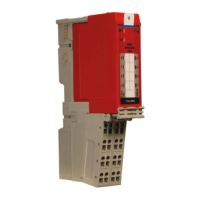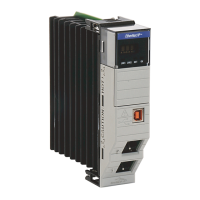Publication 1757-RM810A-EN-P - May 2002
Functional Blocks 3-55
REMCAS
Description Receives two inputs (X1 and X2), – X1 comes from a remote cascade source and X2 comes from a backup cascade –
performs timeout monitoring on both inputs, and normally operates in Cascade mode.
Function Provides automatic switching between a remote and backup cascade – typically used with PID block that normally
gets its set point from a remote source, but sheds to a local source if there is a communications failure.
Timeout
Monitoring
In cascade or backup cascade mode, performs timeout monitoring on both inputs (X1 and X2). If either input value is
not updated within a predefined time, this block invokes the following timeout processing.
• If X1 times out, but X2 is good, block
– Sets the input timeout flag (TMOUTFL).
– Sets MODE to backup cascade.
– Sets the currently selected input (SELXINP) to X2.
– Requests the X1 primary to initialize.
• If X2 times out, but X1 is good, block
– Requests the X2 primary to initialize. Since mode is cascade and X1 is already the currently selected input.
• If both inputs timeout, block
– Sets CV to NaN, which forces a “Bad Control” condition. The user specifies what actions to take on Bad
Control through the BADCTLOPT.
– Sets the currently selected input (SELXINP) to None.
– Requests both primaries to initialize.
If X1 times out and the block sheds to Backup Cascade mode, block sets the Cascade Request flag (CASREQFL). When
CASREQFL is set, it means the block is waiting to return to the cascade mode, and will do so as soon as it brings a
good X1 value.
Control
Initialization
Block brings initialization requests from its secondary through BACKCALC. In addition, the secondary may propagate
oneshot initialization requests to this block. However, SECINITOPT [1..8] may be used to ignore initialization requests
from this secondary.
If the secondary is requesting initialization, block:
• Initializes its output:
– CV = initialization value from the secondary
• Builds an initialization request for X1 primary as:
– INITREQ [1] = ON
– INITVAL [ [1] = CV – OPBIAS.FIX
• Builds an initialization request for X2 primary as:
– INITREQ [2] = ON
– INITVAL [2] = CV – OPBIAS.FIX
Override
Feedback
Processing
If this block is in a cascade strategy with a downstream Override Selector block, it receives override feedback data.
The data consists of an override status, override feedback value and an override offset flag. The status indicates if this
block is in the selected or unselected strategy. The offset flag only applies to PID type function blocks. However,
SECINITOPT [1..8] may be used to ignore override requests from the secondary.
When override status changes from selected to unselected, this block:
• Computes a feedback value for the selected primary.
– The selected primary feedback value = BACKCALCOUT.ORFBVAL - OPBIAS.FIX - OPBIAS.FLOAT.
– The non-selected primary is propagated with “non-connected” status.
Inputs • X1 = initializable input from a remote source.
• X2 = initializable input from backup cascade.
• You can configure a description of up to 15 characters for each input.
More on following page
Spare Allen-Bradley Parts

